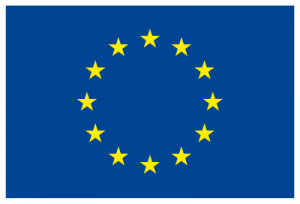Digital art is produced when digital technologies give a substantial contribution to the creation of an artistic work. This implies that digital technologies are used not only for facilitating or speeding up the creative process, but also for adding to it something more, enabling the creator to go through innovative paths and to achieve innovative artistic results, which would not be possible to achieve otherwise.
Digital art often involves interaction between artist and observer or between the observer and the artwork, which responds to her/him; digital art therefore often enables practices of interaction, social exchange, participation and transformation.
Contemporary creative industries specialising in entertainment and advertising make extensive use of digital technologies, especially in the field of visual effects, combining their commercial purposes with advanced technologies in order to achieve an ‘artistic’ result, which is intended to look more appealing to their target consumers.

